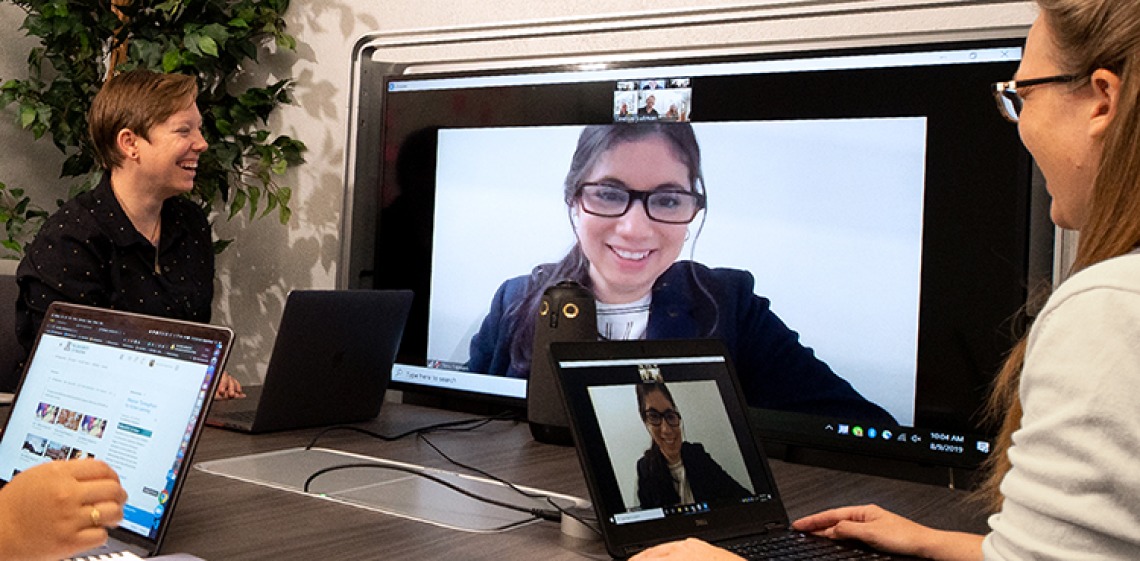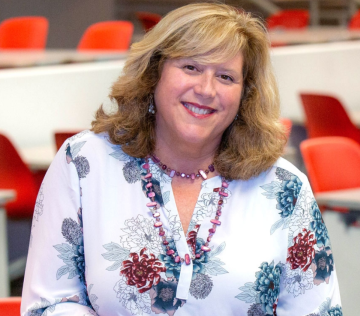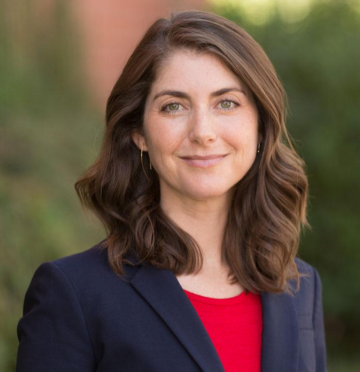Digital Learning: New Services, New Website

Digital Learning helps faculty and staff seeking to engage students on digital platforms. (Photo by Luis Carrión/Digital Learning)

Melody Buckner, associate vice provost of digital learning initiatives and online education

Sarah Mauet, creative director of media and digital technologies
In August 2018, members of the University's Office of Digital Learning team embarked upon their annual retreat seeking to answer one key question: What is it we really want to achieve in 2019?
One of the takeaways was to create an environment where all faculty and staff feel completely comfortable engaging students in digital environments.
The team of nearly 40 instructional designers, developers, technologists, multimedia producers and students brainstormed a variety of ways to increase efficiency and streamline access to all of the services offered under the Digital Learning umbrella. After months of user research, data analysis and prototype testing, Digital Learning debuted its new website, digitallearning.arizona.edu, earlier this month. Its goal is to serve as one of the University's hubs for online education.
"We wanted to be much more transparent about the broad variety of services we offer in Digital Learning," said Melody Buckner, associate vice provost of digital learning initiatives and online education. "We have grown so much over the last couple of years, and our previous websites didn't speak to everything we offer now."
The Office of Digital Learning, as it was originally known, was created in 2014 to support instructors teaching fully online programs for Arizona Online. Today, it not only provides online course development, continuous improvement, and multimedia production services to instructors teaching courses for the fully online programs offered by Arizona Online and University of Arizona Global, but it also offers instructional technologies, Adobe Creative Cloud and professional development opportunities to the full University community.
"The feedback we received during the website's development process reinforced a lot of the assumptions we had about what was missing from our original web presence, but it also helped inform the ways in which we could streamline and improve the user's overall experience," said Sarah Mauet, creative director of media and digital technologies. "We are extremely proud of this new website. We think of this as a full reimagination of who we are as an organization and not simply an incremental redesign."
Buckner and Mauet point to two key changes.
"First, we dropped the word 'office' from our title," Buckner said, referring to the website's URL change from odl.arizona.edu to its current Digital Learning-focused branding. "This makes our name cleaner and more memorable."
The second change came through the human-centered design process led by Mauet with web designer Elyssa Naval, a senior website designer and developer, and visual designer Valentin Mancha.
"This is where it becomes so valuable to seek outside feedback," Buckner said. "We spend so much time in this world that we just assume everyone knows this website is a resource for all University faculty and staff. But we wanted to ensure that our website's language was very clear: If you're a faculty or staff member seeking to explore what the University of Arizona has to offer in the digital space, you have come to the right place."
Once the audience clarification process was underway, Mauet said, a common question began to surface during user testing.
"Users often wondered what exactly it means to work with Digital Learning," Mauet said. "The purpose of this new website is to provide an introduction to Digital Learning and the myriad services we provide, which allows faculty to learn about the many resources available to them even before they jump in with both feet and begin working with us."
"Our goal is to clear up any confusion about where faculty and staff can go for digital learning support and resources," Buckner added. "We believe that if our faculty and staff feel as comfortable as possible with the opportunities available in the digital space, it will inevitably lead to improved student outcomes and a seamless integration of the University's diverse learning audiences."
With more than 900 online courses developed and more than 700 instructors who have used Digital Learning's services, Buckner hopes to see Digital Learning continue to grow and evolve through increased campuswide visibility. The next phase in this plan includes a collaboration with the Office of Instruction and Assessment, as well as University Information and Technology Services, to create a one-stop faculty resource website that will encompass all academic technologies available to faculty and staff.
"I always say that websites are never actually done," Mauet said. "We worked hard to get phase one completed, knowing that we wanted to get a new digital presence out there as quickly as possible. Now we're excited to get to work on phase two."

